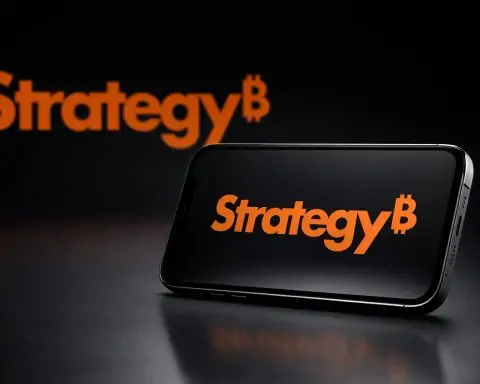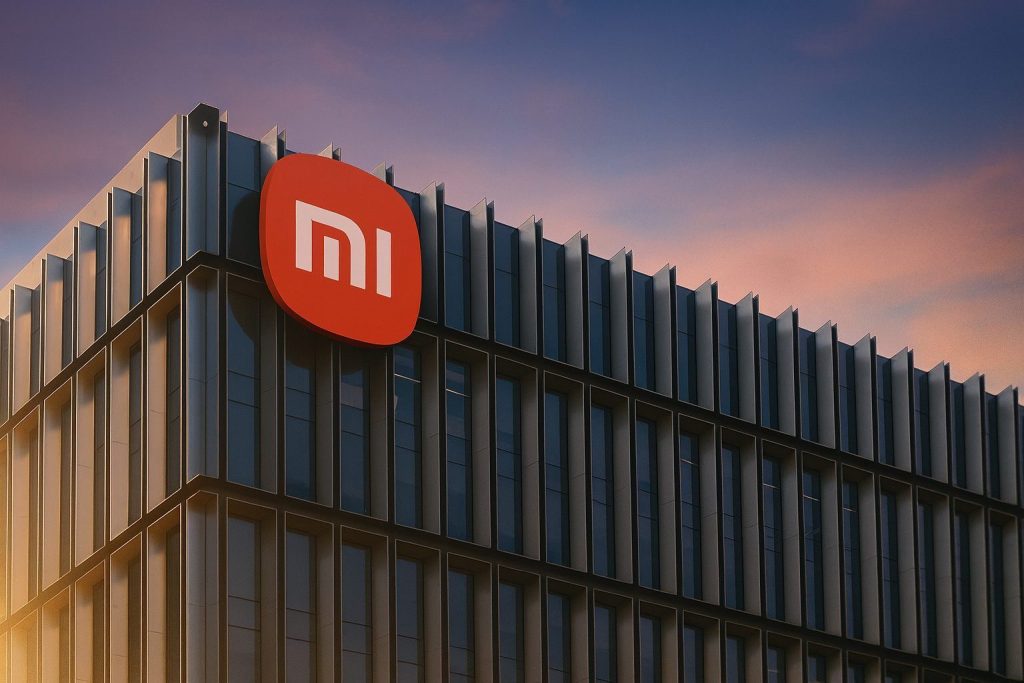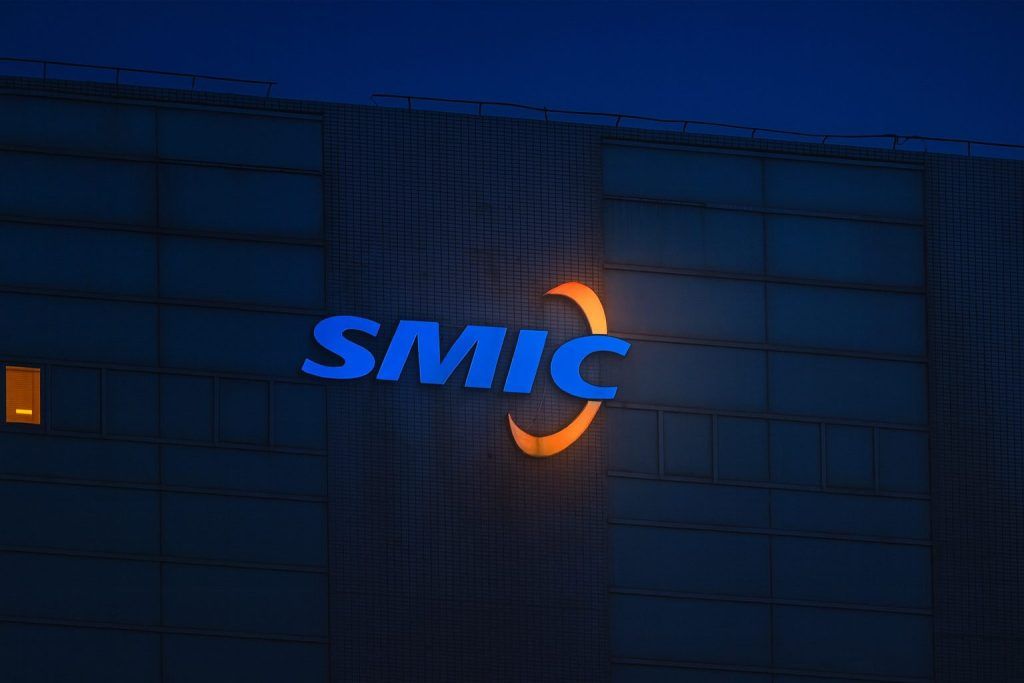Tencent Holdings Ltd (HKEX: 0700, OTC: TCEHY) spent 27 November 2025 drifting lower in Hong Kong despite a wave of fresh corporate news ranging from advanced AI tools to new global gaming partnerships and continued share buybacks. At the same time, a new U.S. Pentagon move has put Chinese tech names back under the geopolitical microscope — with Tencent’s earlier “military-linked” designation again in focus. [1]
Below is a data‑driven look at how Tencent’s stock traded today, and the key stories investors are watching.
Tencent stock price today: how 0700.HK and TCEHY traded
Hong Kong listing (0700.HK)
- Close (27 Nov 2025): HK$614.25 per share
- Daily move: –0.85% vs. yesterday’s close of HK$619.50
- Intraday range: HK$610.00 – HK$628.00
- Volume: ~5.0 million shares
These figures come from Tencent’s daily price history, which shows today’s close at HK$614.25, with an opening price of HK$618.50 and a modest decline on relatively light volume compared with earlier in the week. [2]
U.S. ADR (TCEHY)
For U.S. investors, Tencent’s ADR on the OTC market also traded softer:
- Last price (27 Nov 2025): US$78.95
- Previous close: US$79.99
- Intraday range: US$78.27 – US$79.88
- 52‑week range: US$46.76 – US$87.68 [3]
Relative to the Hong Kong market
The broader Hang Seng Index barely moved, closing around 25,942.5 points (+0.06%), with a trading range between roughly 25,816 and 26,082. [4]
Regionally, Asian equities were generally firmer, with Hong Kong’s benchmark gaining around 0.4% earlier in the session on the back of strength in technology and industrial names, even as property stocks lagged. [5]
That backdrop means Tencent underperformed the index and its local tech peers today, suggesting a mix of profit‑taking after a strong year‑to‑date run and lingering concern about regulatory and geopolitical risks.
1. Pentagon blacklist story keeps geopolitical risk in view
The most market‑sensitive headline dated 27 November 2025 isn’t directly about Tencent — but it very much matters for Tencent shareholders.
Pentagon eyes more Chinese tech firms, while Tencent stays on the 1260H list
Reuters, via multiple outlets, reports that the U.S. Department of Defense has recommended adding Alibaba Group, Baidu and BYD (among others) to its Section 1260H list of “Chinese military companies” operating in the United States. [6]
Key points from that reporting:
- The recommendation was communicated in a letter from Deputy Defense Secretary Stephen Feinberg in early October.
- The 1260H list was last updated in January 2025, at which time Tencent Holdings and battery maker CATL were already added. [7]
- Being on the list does not automatically trigger sanctions, but it can:
- ban companies from doing business with the U.S. Defense Department,
- increase legal and compliance risks, and
- damage global reputation and investor sentiment. [8]
When Tencent was first added to the 1260H list in January, its Hong Kong‑listed shares fell about 7% in a single session, underscoring how sensitive the stock is to U.S.–China security tensions. [9]
Why it matters today
Tencent’s own status on the list is not new. However, the Pentagon’s latest move keeps the “China tech + national security” narrative on front pages again. For investors, that:
- Reinforces a structural risk premium on Tencent versus global peers.
- Raises the possibility of future policy spillovers (for example, tighter restrictions on U.S. investors or partners dealing with listed firms).
- Helps explain why Tencent can lag the Hang Seng on good market days, as seen today.
2. Tencent pushes deeper into AI with global Hunyuan 3D engine launch
Balancing the geopolitical overhang, Tencent is using late November to showcase real product innovation.
Global launch of the Hunyuan 3D creation engine
On 26 November 2025, Tencent announced the global launch of its “Hunyuan 3D” creation engine, an AI‑powered tool that allows users to generate high‑quality 3D assets from text prompts, images or sketches in minutes instead of days. [10]
From Tencent’s own materials and technology press coverage:
- Hunyuan 3D builds on an open‑source model family that has already surpassed 3 million downloads on Hugging Face. [11]
- The system is integrated into Tencent Cloud, with:
- free daily generations for individual creators, and
- higher quotas and API access for enterprise clients. [12]
- Over 150 enterprises in China are already trialling or using Hunyuan 3D for gaming, animation, industrial design and advertising workflows. [13]
Strategic implications for Tencent stock
For shareholders, Hunyuan 3D slots neatly into several existing trends:
- Gaming & content: It can shorten development cycles for Tencent’s own studios and partners, potentially supporting game output and margins.
- Cloud & enterprise AI: The engine is another proof‑point that Tencent is trying to monetise its HunYuan foundation model beyond chatbots, into creative and industrial applications. Management had already highlighted AI investments and monetisation plans during its Q3 2025 earnings update. [14]
While it’s too early to model revenue from Hunyuan 3D, the launch gives investors a tangible AI product story to balance the regulatory headlines.
3. Gaming growth story: Project Spirits and the Ubisoft Vantage Studios deal
Tencent’s core identity as a global gaming powerhouse is also being reinforced this week.
New publishing partnership: Project Spirits with SHIFT UP
South Korean studio SHIFT UP, known for Stellar Blade, has confirmed that its upcoming cross‑platform title Project Spirits will be published globally by Tencent’s Level Infinite label. [15]
From official announcements and gaming press:
- Project Spirits is built on Unreal Engine 5 and is planned as a cross‑platform release, widening Tencent’s exposure beyond domestic mobile games. [16]
- Level Infinite will handle global publishing, reinforcing Tencent’s push to grow its non‑China games footprint. [17]
This comes on top of Tencent’s recently completed blockbuster deal with a major European publisher.
Ubisoft Vantage Studios tie‑up
On 21 November 2025, Ubisoft confirmed it had completed Tencent’s €1.16 billion cash investment in its new subsidiary Vantage Studios, which will focus on the Assassin’s Creed, Far Cry and Rainbow Six franchises. [18]
Key deal features:
- Vantage Studios is valued at a €3.8 billion pre‑money enterprise value.
- Tencent gets a 26.32% economic stake, but Ubisoft retains exclusive control of the unit. [19]
- Tencent is required to hold its stake for at least five years, giving this the feel of a long‑term strategic partnership, not a quick financial trade. [20]
For Tencent shareholders, these moves strengthen:
- The pipeline of high‑profile global titles Tencent can help distribute and monetise.
- Its strategic positioning as a preferred partner for major Western publishers seeking capital and access to Asia.
4. Share buybacks and fund flows: Tencent supports its own stock
Another major pillar of the Tencent equity story in 2025 is aggressive capital return via buybacks.
Fresh buyback on 26 November
AASTOCKS and other Hong Kong market sources report that on 26 November 2025, Tencent:
- repurchased 1.022 million shares,
- at prices between HK$618.5 and HK$629,
- for a total consideration of roughly HK$636 million. [21]
Since the current repurchase mandate was approved, Tencent has bought back around 77.9 million shares, representing just under 0.85% of its outstanding share capital. [22]
Southbound flows and trading data
Event tracking from broker Longbridge shows that on 26 November:
- Southbound trading (Mainland investors via Stock Connect) recorded a net sell of about HK$1.18 billion in Tencent,
- while the company’s own buyback activity took place earlier in the session. [23]
This mix — heavy mainland selling, offset in part by corporate buybacks — helps explain why the stock has drifted lower over the last few sessions despite broader index gains.
For long‑term investors, the buyback programme:
- Adds incremental support to the share price,
- slowly reduces the free‑float, and
- signals management confidence in Tencent’s intrinsic value.
5. Fundamentals check: Q3 2025 earnings and balance sheet
The late‑November headlines sit on top of a solid third‑quarter earnings print earlier this month.
Q3 2025 highlights
Based on company filings and major news coverage:
- Total Q3 2025 revenue: around RMB 193 billion, up 15% year‑on‑year. [24]
- Hong Kong‑reported figures: revenue of HK$210.84 billion, net income HK$69.01 billion, EPS HK$7.41. [25]
- Growth drivers:
- Strong rebound in domestic gaming,
- Double‑digit growth in online advertising, partly helped by AI‑driven targeting,
- More moderate expansion in fintech and business services. [26]
- Management and analysts have flagged AI infrastructure and models (including HunYuan) as a key investment focus for 2025–27. [27]
Analyst sentiment and price targets
Despite regulatory and geopolitical headwinds, sell‑side sentiment on Tencent remains broadly positive:
- Consensus compiled by Investing.com shows an average 12‑month target price around HK$741 per share, with a high estimate near HK$884 and a low around HK$476.
- The same survey classifies Tencent as a “Strong Buy”, with 49 buy ratings, 2 holds and 1 sell, implying roughly 20–21% upside from current levels around HK$614. [28]
Other platforms (TipRanks, Fintel, TradingView) report average targets in a similar HK$710–760 band, reinforcing the picture of moderate expected upside over the coming year. [29]
Of course, these are analyst opinions, not guarantees, and they can change quickly if macro, regulatory or competitive conditions shift.
6. How all this fits into Tencent’s stock outlook
Putting today’s price action and news together, Tencent’s investment narrative on 27 November 2025 looks like a tug‑of‑war between strong fundamentals and structural risk:
- Near‑term pressure:
- Medium‑term support:
- Q3 2025 delivered double‑digit revenue and profit growth, led by gaming and AI‑enhanced advertising. [32]
- Tencent is deploying capital into global gaming franchises (Ubisoft Vantage, Project Spirits) that can generate non‑China revenues for years to come. [33]
- The Hunyuan 3D engine and broader HunYuan ecosystem give Tencent a credible AI platform story beyond simple chatbots. [34]
- A large, ongoing share buyback acts as a mechanical tailwind to earnings per share and helps absorb bouts of selling. [35]
- Valuation context:
- After a strong rebound over the past 12 months, Tencent still trades below its historical peak multiples, while consensus targets imply low‑20s percent upside from current prices — but that upside is contingent on no major escalation in U.S.–China tensions and continued execution on AI and gaming. [36]
For traders and longer‑term investors alike, the key things to watch after today include:
- Any follow‑through from the Pentagon list — particularly whether additional financial or investment restrictions on listed companies emerge. [37]
- Early adoption metrics and paid use‑cases for Hunyuan 3D and other HunYuan‑based AI services. [38]
- Performance of Tencent‑linked games such as Project Spirits and titles within Ubisoft’s Vantage Studios portfolio. [39]
- The pace and size of future share repurchases, especially if the share price dips back toward recent support levels around HK$610. [40]
References
1. www.reuters.com, 2. www.investing.com, 3. www.investing.com, 4. www.investing.com, 5. au.investing.com, 6. www.reuters.com, 7. theprint.in, 8. theprint.in, 9. www.investopedia.com, 10. www.tencent.com, 11. www.tencent.com, 12. techintelpro.com, 13. techintelpro.com, 14. www.reuters.com, 15. www.videogameschronicle.com, 16. www.videogameschronicle.com, 17. www.levelinfinite.com, 18. www.reuters.com, 19. www.reuters.com, 20. www.reuters.com, 21. www.aastocks.com, 22. www.aastocks.com, 23. longbridge.com, 24. finance.yahoo.com, 25. longbridge.com, 26. www.reuters.com, 27. www.reuters.com, 28. www.investing.com, 29. www.tradingview.com, 30. www.reuters.com, 31. longbridge.com, 32. www.reuters.com, 33. www.reuters.com, 34. www.tencent.com, 35. www.aastocks.com, 36. www.investing.com, 37. www.reuters.com, 38. techintelpro.com, 39. www.reuters.com, 40. www.investing.com







